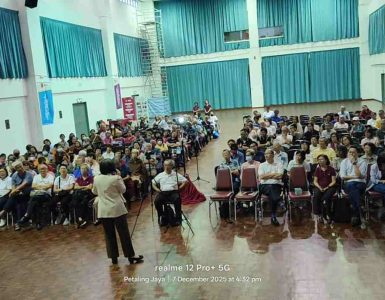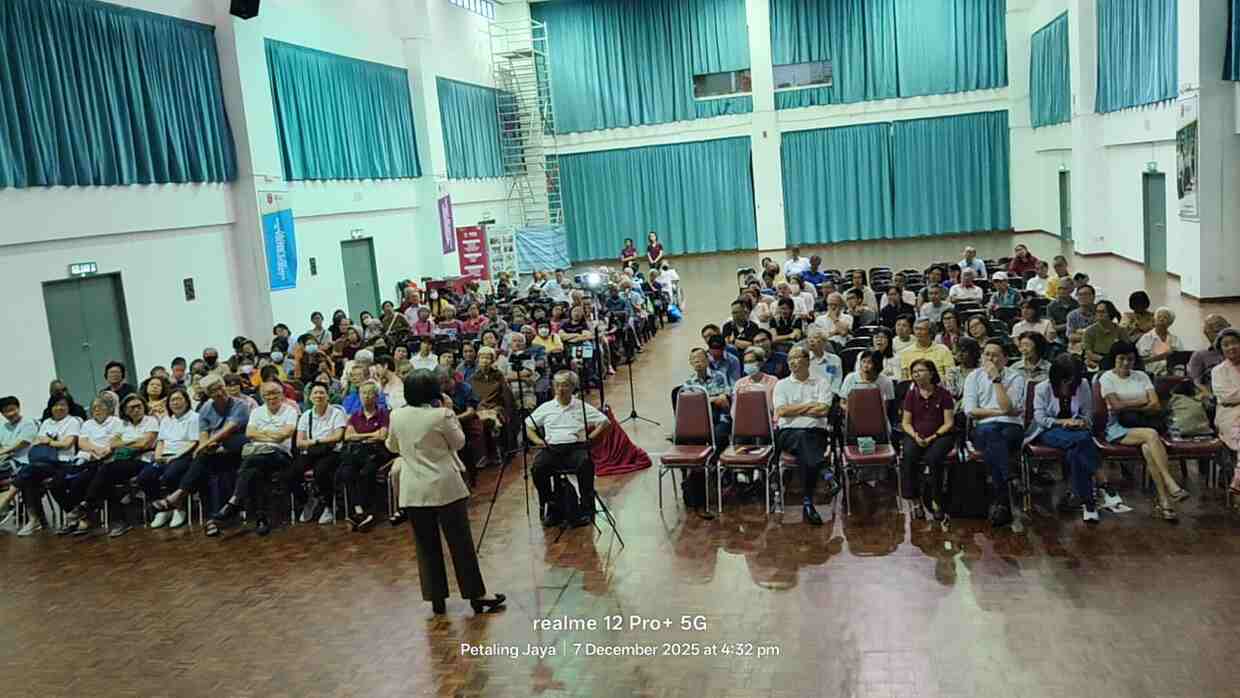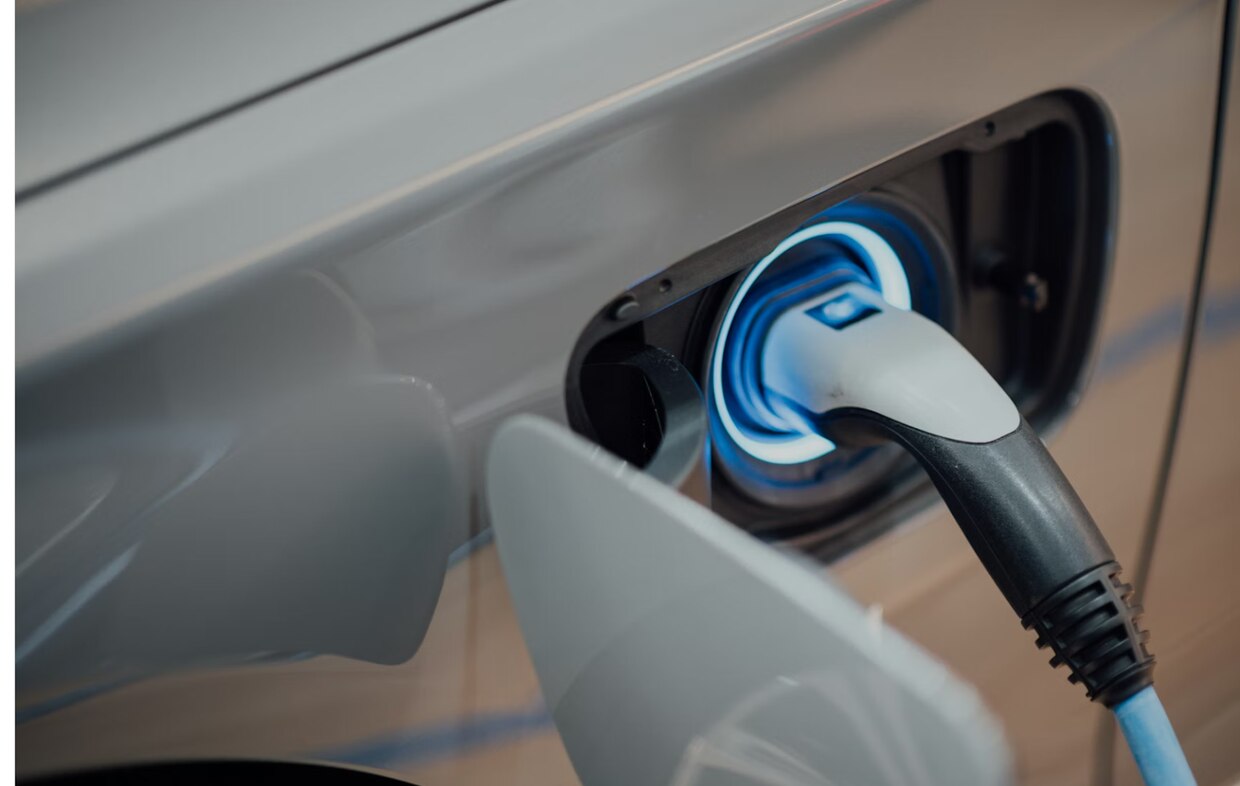There are 3,099 days to go before Klang Valley commuters get to use the MRT on its first route, the 51km Sungai Buloh-Kajang line, announced Syarikat Prasarana Berhad (Prasarana) at a launching today.
This came after Federal Government approved the MRT final alignment recently, which reduced the number of station from initial 35 to 31, said Public Road Transport Commission (SPAD) chief development officer Azmi Abdul Aziz.
He said the project is expect to be completed in 2016 as groundwork at Sungai Buloh, Semantan and Cochrane stations have commenced.
The much-debated Taman Tun Dr Ismail station, which was opposed by local residents due to its proximity to their houses, has been relocated to near a Caltex petrol station, and will also serve PJ Section 17 and Damansara Utama areas.
The proposed Bukit Bintang east and west stations will be combined to become Bukit Bintang central station, which will be built near the Lot 10 shopping centre.
On the southern line, the Kajang route has been realigned so it avoids passing through the already congested city centre.
Meanwhile, proposed Taman Mesra station in Cheras has been removed.
The Rubber Research Institute station on Jalan Ampang, has also been made into a provisional station which will be built just yet.
Azmi (above, right) said some changes were made after considering public feedback from those affected by land acquisitions.
“The final alignment will significantly reduce the land damage, as now 70 percent of the line will be built on road reserve while only 30 percent will touch on private properties,” he told reporters after the launch.
However, the authorities, refused to announce the total cost of the project, saying that it is being revised.
“The projection between RM36 billion and RM53 billion was submitted by (project delivery partner) GMC-Gamuda for three MRT lines. In fact the government did not accept the figure,” said SPAD chief operating officer Nur Kamal.
He added that the cost should reduce due to the rationalisation of the original plan.
The project was much-touted as the country largest infrastructure investments, to the extent that Malay Chamber of Commerce Malaysia and Malay rights group Perkasa have asked the government to hand over it to only Bumiputra companies.
Prasarana then yielded to the pressure and revised certain pre-qualification criteria for construction packages by allowing joint ventures or consortiums, which will benefits Bumiputra companies with lower capital.
Prasarana managing director, Shahril Moktar, says civil engineering works are expected to commence by the end of the year.
Nine consecutive stations starting from Semantan to Maluri will be made underground, while parking bays will increase from 4000 to 7800.
Properties around the MRT route are expect to appreciate radically by RM15 billion in total in the next 10 years.
















